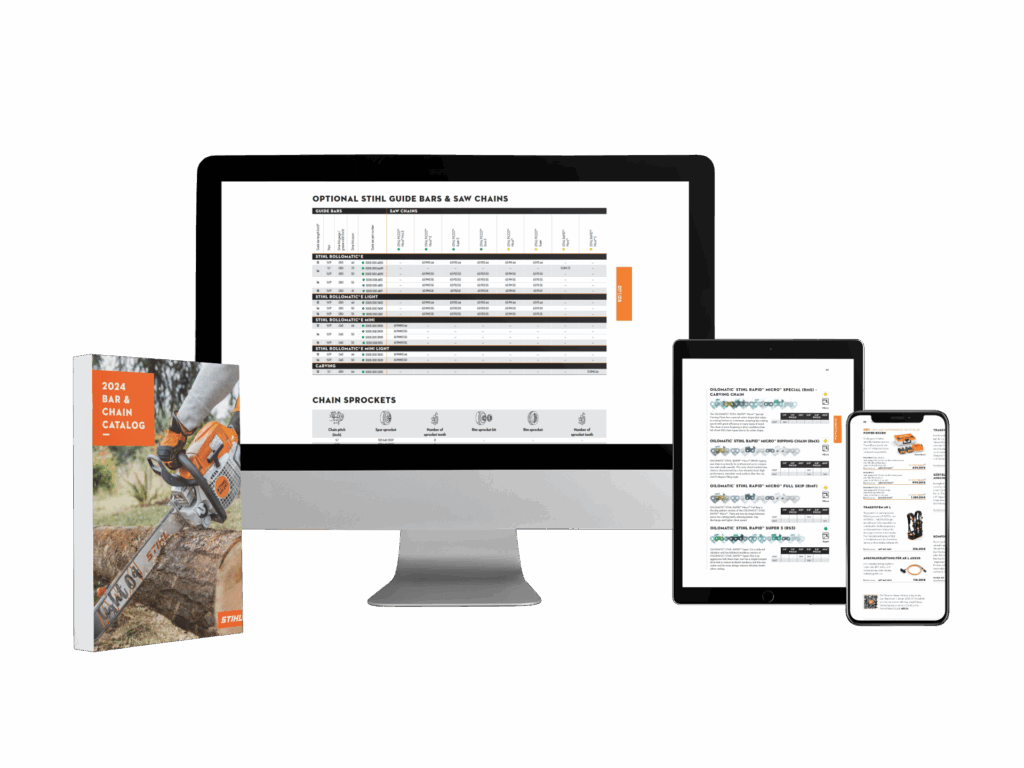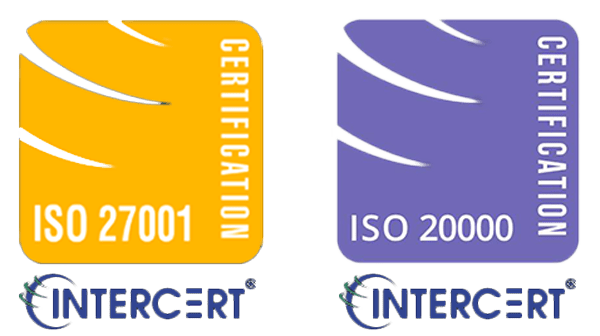Automated
Multilingual Publishing
The Key to Success in Global Markets
Database publishing software like InBetween enables automated multilingual content creation for fast, accurate, and localized print and digital publications in global markets, making a real difference in the success of international brands.
In an increasingly globalized economy, companies face the challenge of expanding their presence across diverse international markets. A critical requirement for success is the ability to create marketing and sales materials tailored to the specific needs of each region. This goes far beyond simple translation. Publications such as catalogs, price lists, brochures, and technical datasheets must also reflect regional differences in currencies, measurement units, product assortments, and regulatory standards.
Accurate and efficient handling of these variations is essential to ensure both market relevance and compliance with local regulations in every target market. Without a suitable software solution, the creation of multilingual, country-specific documents at scale is nearly impossible. Centralized data management combined with automated publishing processes is the only way to ensure that content remains consistent, up to date, and market-ready – across both print and digital channels.
This is where advanced database publishing software like InBetween comes into play. By integrating product data from multiple sources and automating layout generation, it enables companies to produce localized publications quickly, flexibly, and accurately – ensuring seamless and consistent communication across all markets.
Here’s a real-world example: One of our customers, a global manufacturer of power tools, must configure its products precisely to ensure user safety. Chainsaws, for instance, consist of different engine types, chains, and guide bars – available in various combinations, each subject to specific country regulations. Previously, the company produced just two catalogs: one for the U.S. and another for a group of European countries. However, given the differing product portfolios and legal requirements, truly localized catalog production became unmanageable without an automated publishing solution.
These challenges extend beyond printed materials. Digital content such as product datasheets and technical documentation must also be up to date and instantly accessible online. Whether in print or digital form, delivering localized, accurate information efficiently is essential for companies aiming to succeed in global markets.
The Problem: Lack of Centralized Data Management
A common challenge in traditional publishing is the lack of centralized data management for language-specific content. Often, the master catalog is finalized before language versions can be produced, leading
to delays. Additionally, translations are frequently stored in various formats without a unified data source, further complicating the process. This disjointed approach results in inefficiencies, increased production times, and higher costs.
Moreover, a poor product experience and a disappointing customer journey have become significant issues, as customers now expect seamless, up-to-date information at all touchpoints.
The solution to this problem is centralized data management for product information and media assets, such as images and technical drawings. Without this centralization, the production process cannot be fully automated, and redundancies and errors persist, undermining quality. Automated production requires a unified, central data system, such as a PIM or a similarly structured database – to eliminate these issues and optimize processes.
The Need for the Right Software
To efficiently meet the demand for multilingual publications, companies require software that connects product data with layout and publishing tools. This is especially important when product lines vary by country, requiring localized content and format adjustments. The right software should support centralized data management and automate document generation, ensuring consistency while minimizing manual input.
Software for automating multilingual publishing, like InBetween, enables subsidiaries to customize content for local product ranges and generate publications automatically. This facilitates collaboration between central and regional teams, ensuring a consistent brand image while meeting local market needs.
The software accommodates both standardized product lines and localized information, simplifying the creation of multiple language versions. Even when content updates or translations occur late in the production process, the system can quickly adapt, ensuring that the latest data is reflected.
“Clearly what we get from InBetween is a simple solution, that requires no IT,
that’s scalable and gives great flexibility to the marketing teams throughout the world.”
Steffen Leibfritz
STIHL Aftermarket Systems
Important Considerations for Multilingual Publishing
→ The number of countries and languages
→ Variations in product lines by region
→ Cultural and language-specific adjustments
→ Compliance with region-specific regulations and standards
→ Output formats and layout preferences for different markets

Different Scenarios for Multilingual Publishing
Scenario 1: Same Product Line – Master Catalog in Multiple Languages
Many companies create publications in multiple languages, starting with a master catalog in one language. Traditionally, when translations are added later, companies might have to recreate or manually adjust each version, which is time-consuming and error-prone.
Instead of rebuilding documents from scratch, the InBetween software tracks and updates language-specific elements automatically – using so-called update groups. This means the master document – once finalized – can be used as a template for all other language versions. Updates to the content or translations can be applied at any time, without the need to recreate the entire document. InBetween’s Media Designer Add-On, including a plugin for Adobe InDesign, allows updates in the familiar layout software, while elements that shouldn’t be updated, like images, remain fixed.
Advantages:
Ability to update language-specific elements of the master document at any point.
Seamless updates in the familiar layout software.
Reduced print costs with black imprint film.
Scenario 2: Uniform Product Line and Layout – Simultaneous Multilingual Generation
In an ideal scenario, when all languages are available in the data source from the outset, InBetween can generate a single document in InDesign format that includes all language versions. This works well when the product line and layout are uniform across all regions.
Using InBetween’s Multi-Layer Generation, separate layers are created for each language, and all language-specific content is allocated to these layers. The layout structure remains consistent for all language versions. In the final output, these layers are processed in the layout software, where individual layers can be hidden or shown as needed.
The software ensures that the structure of the publication remains the same across all languages. All language-independent elements (such as images and graphics) are positioned identically in all layers.
Advantages:
High reliability, with all languages contained in one document.
Simplified correction process, as all languages are in a single file.
Greater consistency in print production, including register accuracy and screen angle.
Cost savings in print production due to the use of black imprint film*.
Scenario 3: On-Demand Creation of Country-Specific Publications
In some cases, companies may need to generate country-specific publications only when required – for example, for flyers or brochures. In this scenario, the data for each language and product line is already available, but a publication is generated only when needed, based on the latest data.
Using InBetween’s LOG_LANGUAGE function, documents can be generated on demand in the required language by pulling language-specific parameters from the data source. This approach is ideal for creating time-sensitive documents like promotional materials. Each language version adapts to the specific text length, ensuring that the layout adjusts to the content dynamically.
Advantages:
On-demand generation of publications in various languages.
Flexibility in adapting layout to language-specific needs.
Independent collaboration among graphic teams for creating individual publications.
Scenario 4: Tailored Publications for Market-Specific Product Lines
When the product line varies by country, creating customized publications for each market is essential. InBetween enables the generation of these publications based on different data – such as accessories, region-specific product features, and compliance with local regulations. A different country doesn’t just mean another language or currency – it also means distinct legal frameworks, safety standards, and product configurations.
The documents are designed using a rule-based system and can be updated as needed, ensuring that product information is accurate and up to date. This is particularly important for industries where regulatory conformity and user safety are critical. Leading global players in manufacturing and retail rely on this flexible, country-specific approach to ensure consistent, compliant, and efficient communication across markets.
Advantages:
Dynamic and automated creation of country-specific product catalogs.
Custom publications tailored to each country’s product line and language.
Highly flexible, with the ability to adapt to local market needs.
Ensures compliance with local regulations.
Automated multilingual publishing requires the right software to ensure efficient, accurate, and timely creation of localized documents. In combination with a centralized data management solution, InBetween optimizes the entire publishing process, automating the creation of both digital and print publications across multiple regions. This enables businesses to meet global market demands, reduce manual effort, and lower costs. With faster time-to-market and always up-to-date content, companies can provide a strong, consistent product experience that builds customer trust and supports informed decision-making.
Questions?
*Black imprint film – A cost-saving printing technique where the main layout is printed in color once, and language-specific text is later added in black only. This avoids reprinting the full document for each language version.
About InBetween
InBetween Deutschland GmbH, a global leader in digital publishing solutions, has been at the forefront of product and brand professionalisation for more than 20 years. Our software automatically creates catalogs, sales folders, price lists, datasheets, and more, all based on your latest product data. This saves you significant and measurable time and costs, while increasing the quality of your output documents by reducing manual errors. Our solution offers both fully or partially automated publications, personalised for different customer segments, in a variety of output formats and languages suiting your company.



